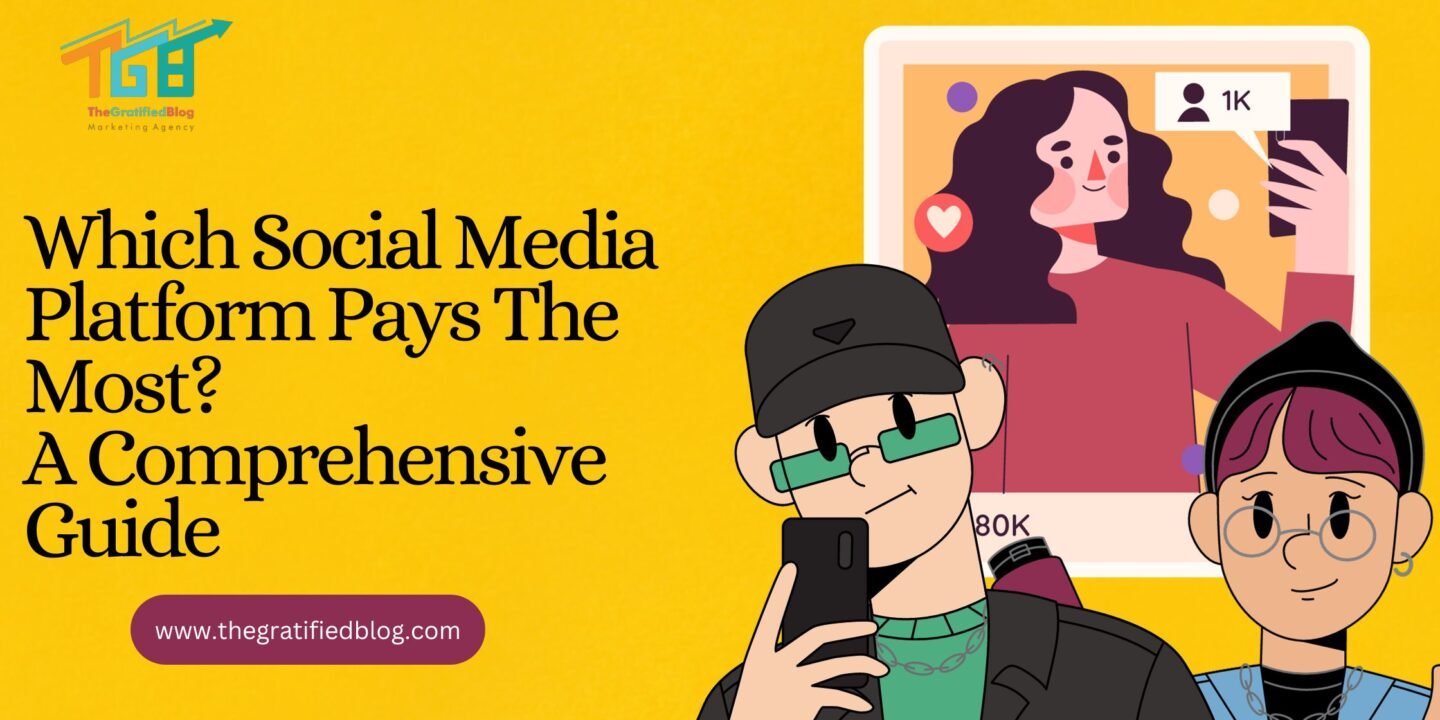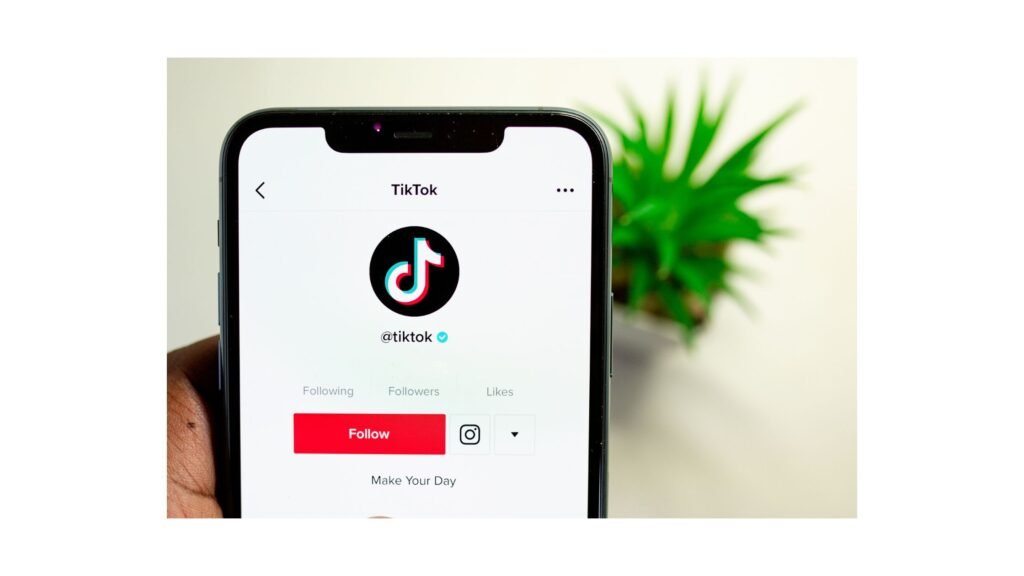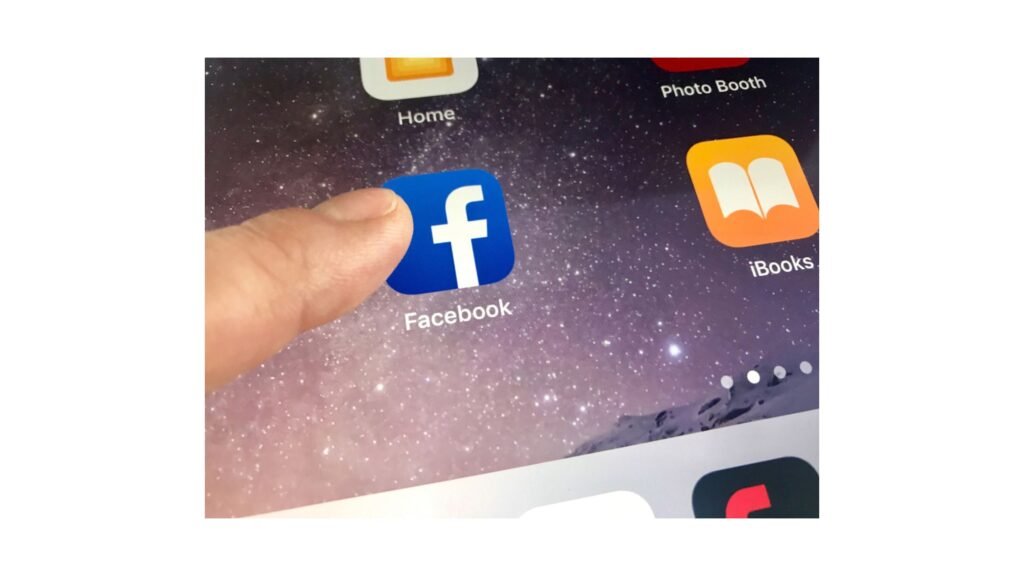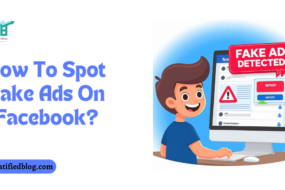
Social media has become an integral part of our lives in the digital age. From connecting with friends and family to sharing our daily adventures, it’s easier to imagine a world with platforms like Facebook, Instagram, TikTok, and Twitter. However, as the social media landscape evolves, so do the opportunities it offers. More than just a way to keep in touch, these platforms have now emerged as potential sources of income for countless users. But the burning question on everyone’s mind is, “Which social media platform pays the most?”
In this blog post, we’ll explore the intriguing world of social media monetization and reveal the secrets behind finding the most lucrative opportunities in the ever-expanding realm of digital connectivity.
Understanding Social Media As A Monetization Avenue
The evolution of social media from a simple communication tool to a powerful monetization platform has been a remarkable journey that has transformed how businesses and individuals interact with their audiences. Here’s a breakdown of this evolution:
- Communication Tool to Content-Sharing Platform: In its early days, social media primarily served as a means of communication and connection. Platforms like Friendster, MySpace, and Facebook allow users to establish connections with friends and family while sharing personal updates and exchanging messages on the platform. However, it was only a short time before users started sharing more than just personal anecdotes. They began sharing their interests, hobbies, and the content they created.
- Content Creation and Sharing: As social media platforms expanded and diversified, they started incorporating features that encouraged users to share more than text-based updates. Introducing photos, videos, and links allowed users to share their creativity, knowledge, and experiences with a broader audience. This shift marked the beginning of social media becoming a content creation and sharing platform.
- The Rise of Influencers and Content Creators: With platforms like YouTube, Instagram, and TikTok, content creators and influencers emerged. These individuals built dedicated followings by sharing content that resonated with their audiences. They leveraged their niche expertise, personalities, and unique styles to capture and maintain the attention of their followers. Brands and marketers soon recognized the value of partnering with these influencers to reach a highly engaged audience.
- Monetization Opportunities: Social media platforms recognized the potential for monetization and started offering various features and tools to content creators. Here are some critical aspects of monetization on social media:
- Ads and Sponsored Content: Many platforms introduced advertising choices that enable businesses to showcase their products and services to targeted audiences. Content creators could also earn revenue through sponsored posts and partnerships with brands.
- E-commerce Integration: Some platforms, such as Instagram and Facebook, integrated e-commerce features, enabling businesses to sell products directly through the platform. Content creators could earn commissions through affiliate marketing and product endorsements.
- Subscription Models: Platforms like Patreon and OnlyFans allow content creators to offer premium content to subscribers for a fee, creating a reliable income stream.
- Merchandise and Licensing: Content creators expanded their revenue streams by selling merchandise related to their brand or licensing their content to other media outlets.
- Donations and Crowdfunding: Many creators receive financial support from loyal fans through donation platforms like Patreon, Kickstarter, and crowdfunding campaigns.
- Diversification of Revenue Streams: As social media monetization evolved, content creators learned to diversify their revenue streams by utilizing multiple platforms, including YouTube, Instagram, TikTok, and more. They optimized their content for each platform and tapped into the unique monetization opportunities each one offers.
- Data Monetization: Beyond direct content and advertising-related earnings, social media platforms monetize user data by selling insights and analytics to businesses for better targeting and decision-making.
8 Popular Social Media Platforms For Earning
Here’s an explanation of some popular social media platforms for earning money:
YouTube

- YouTube is the largest video-sharing platform globally, allowing content creators to earn through multiple streams.
- Creators can monetize their videos through ads, channel memberships, and Super Chat during live streams.
- Sponsored content, affiliate marketing, and merchandise sales are other familiar revenue sources for YouTubers.

- Instagram is a visual platform where influencers and content creators can showcase their creativity.
- Earning opportunities include sponsored posts, affiliate marketing, and product promotion.
- Instagram’s “Shop” feature enables direct sales for businesses and influencers.
TikTok

- TikTok is known for its short-form videos and has become a popular platform for quick, engaging content.
- Creators can earn through brand partnerships and sponsored content.
- TikTok offers a Creator Fund, where popular creators receive compensation based on video performance.

- Facebook offers various avenues for earning, such as running a Facebook page, group, or business.
- Creators can monetize their content through ads, sponsored posts, affiliate marketing, and selling products.
- Facebook’s Marketplace allows users to sell goods locally or online.
- Twitter is a microblogging platform ideal for quick updates and engagement with followers.
- Earning opportunities include sponsored tweets, affiliate marketing, and selling digital products or services.
- Many influencers and experts leverage Twitter to expand their reach.
- LinkedIn is a professional networking platform dedicated to connecting professionals and showcasing expertise.
- Earning potential on LinkedIn includes landing freelance work, job opportunities, and promoting services.
- Freelancers, consultants, and businesses often use LinkedIn strategically.
- Pinterest is a platform for visual discovery, where users find and share ideas.
- Bloggers and affiliate marketers use Pinterest to promote their content and products, earning through affiliate commissions.
- It’s an excellent choice for those with visually appealing content.
Snapchat
- Snapchat is a multimedia messaging app with a Discover feature for brands and content creators.
- Earning opportunities include advertising and sponsored content.
- The platform has gained popularity among younger audiences and creative influencers.
Which Social Media Platform Pays The Most?
Determining which social media platform pays the most is multifaceted, as it hinges on various factors. These factors encompass the nature of your content, the size and engagement of your audience, and the specific monetization strategies you employ. Each central social media platform offers unique opportunities for earning money.
- YouTube:
- Ad Revenue: Generate revenue from ads on your YouTube channel by utilizing Google AdSense to display advertisements in your videos. The more views and engagement your videos receive, the more you can earn.
- Sponsorships: Collaborating with brands for sponsored content can be highly lucrative, especially for popular channels in specific niches.
- Merchandise: Selling branded merchandise related to your content can be an additional source of income.
- Instagram:
- Sponsored Posts: Influencers receive payment from brands to endorse and promote their products or services to their followers. The earnings depend on your follower count and engagement rate.
- Affiliate Marketing: Earnings can be generated by promoting products and receiving a commission on sales affiliate links.
- IGTV Ads: Instagram allows creators to earn a share of revenue from ads shown on IGTV videos.
- TikTok:
- Brand Partnerships: TikTok creators can collaborate with brands for promotional content.
- Virtual Gifts: Creators can receive virtual gifts from viewers during live streams, which can be converted into real money.
- Creator Fund: TikTok has a Creator Fund that pays based on video performance and engagement.
- Facebook:
- Ad Revenue: Similar to YouTube, Facebook allows video creators to earn money through ad revenue.
- Fan Subscriptions: Creators can offer premium content to subscribers for a monthly fee.
- Brand Collaborations: Brands may collaborate with Facebook creators for sponsored posts.
- Twitch (for gaming and live streaming):
- Subscriptions and Donations: Twitch streamers can earn from subscriber fees, donations, and virtual currency (bits).
- Ad Revenue: Twitch offers a share of ad revenue to streamers.
- Merchandise Sales: Many streamers sell merchandise related to their streams.
- LinkedIn:
- LinkedIn Learning: You can create and sell online courses on LinkedIn Learning if you have expertise in a specific field.
- Sponsored Content: Influencers and thought leaders on LinkedIn can be paid for sponsored posts.
Which Social Media Platform Pays Influencers The Most?
Determining the social media platform paying influencers the most is dynamic and multifaceted. The earning potential for influencers can vary based on many factors, including the influencer’s niche, the size and engagement of their audience, the type of content they produce, and the monetization strategies they employ. Several platforms were recognized for offering substantial income opportunities to influencers, each with unique strengths.
One of the top platforms renowned for influencer earnings was YouTube. The platform’s monetization options, including ad revenue, sponsorships, and merchandise sales, made it a favored choice for content creators. Influencers with sizable and engaged audiences in various niches, such as tech, beauty, or gaming, found YouTube a highly profitable platform, particularly when their content resonated with a broad audience.
Instagram, known for its visual appeal and lifestyle focus, was another platform where influencers had the potential to earn significantly. Sponsored posts, where brands pay influencers to promote their products or services, were a primary source of income. Additionally, influencers could engage in affiliate marketing and collaborate with brands, particularly in the fashion, beauty, and lifestyle niches.The rise of TikTok brought about new opportunities for influencers, especially those creating short-form video content. The platform became known for its brand partnerships, where content creators collaborated with companies for promotional content. Moreover, TikTok introduced an in-app gifting system, allowing influencers to earn virtual gifts from viewers during live streams. This platform attracted creators with substantial followings in diverse niches.
Conclusion
The question of “which social media platform pays the most” is complex and dynamic. Earning potential varies based on your niche, audience, and content. While YouTube, Instagram, TikTok, and others offer income opportunities, the landscape evolves. To maximize earnings, diversify and adapt strategies across platforms.
We invite you to share your experiences and insights in the comments below. Which platform has been most profitable for you, and what strategies worked best? Let’s continue the conversation to stay updated on the latest influencer marketing trends and insights. Your input can help others navigate the ever-changing world of social media earnings.








No Comments